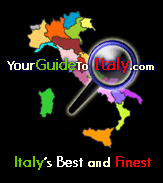Italian Wine for Dummies
(Paperback)
by Mary Ewing-Mulligan (Author),
Ed McCarthy (Author)
Authored by certified wine educators and authors Ed McCarthy and Mary Ewing-Mulligan, Italian Wine For Dummies shows you how to:
- Translate wine labels what the meanings are of common label terminology
- pronounce Italian wine terms and names
- how to order Italian wines in restaurants
- Identify great wine bargains
- Develop your own wine tastes
- Match Italian wines with foods
This guide also explores Italy's important wine regions - including a region-by-region survey of the best vineyards and their products.
More information



